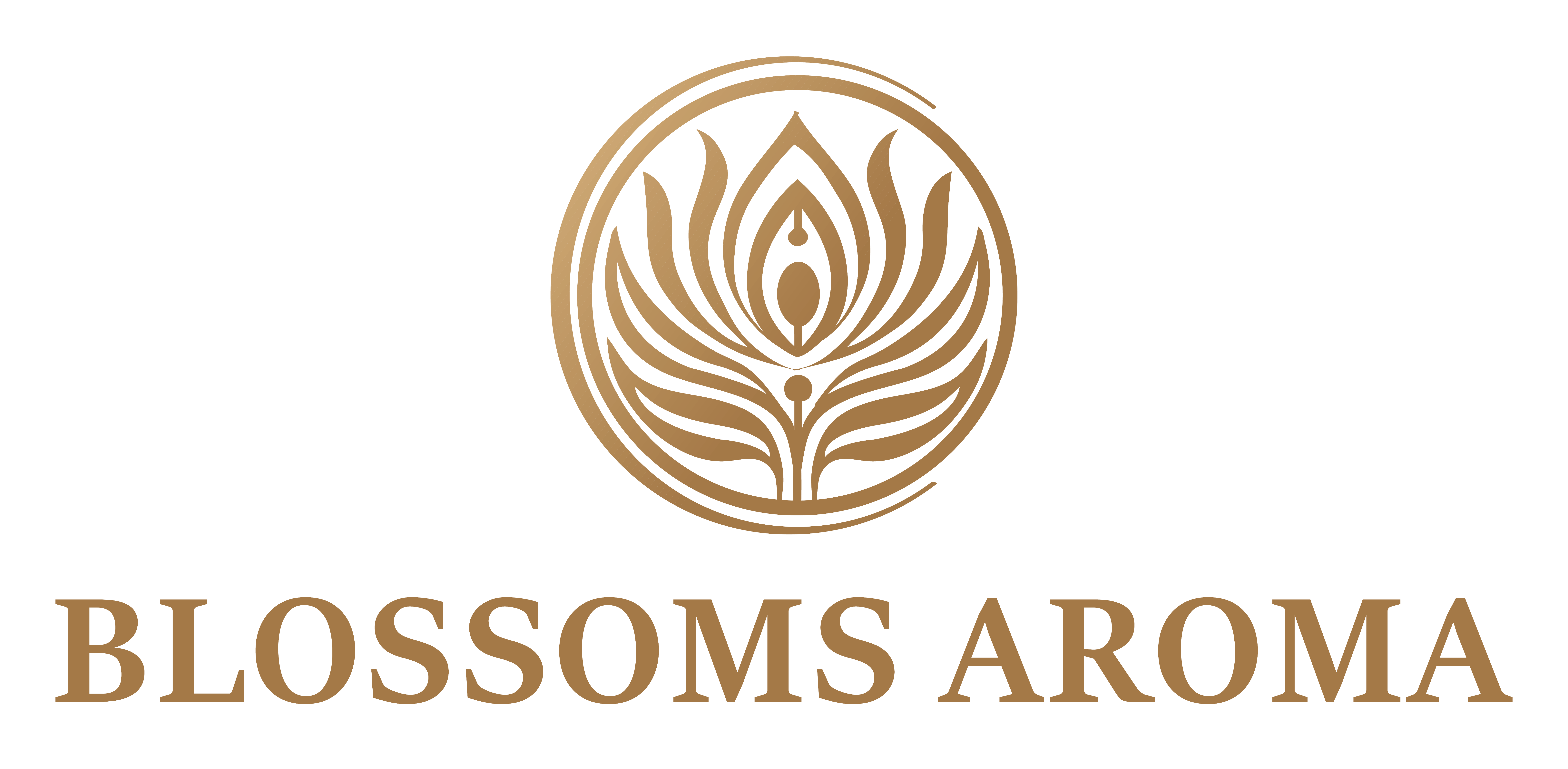Neroli OIL
All About Neroli Oil: Neroli oil, also known as orange blossom oil, is native to the Mediterranean and subtropical regions. Derived from the blossoms of the bitter orange tree (Citrus aurantium), it has been cherished for centuries for its sweet, floral aroma and therapeutic properties. Neroli oil has a prominent place in both historical and contemporary aromatherapy and perfumery.
Neroli Oil Specifications:
GENERAL CHARACTERISTICS:
- Product: NEROLI OIL
- Botanical Name: Citrus aurantium var. amara
- Family: Rutaceae
- Part of the Plant Used: Blossoms
- Fema Number: 2771
- CAS NO.: 8016-38-4
- HSN CODE: 33012941
- EINECS Number: 289-752-0
- Appearance: Mobile liquid
- Colour: Pale yellow to amber
- Odour: Characteristic sweet, floral, and fresh aroma
IDENTIFICATION:
- A. TLC: It complies with the test
- B. GC: It complies with the test
PHYSIO-CHEMICAL PROPERTIES:
- Relative Density: 0.860 – 0.890
- Refractive Index at 20°C: 1.465 – 1.480
- Optical Rotation: -5° to +2°
- Storage: Store in a well-fitted container, protected from heat and light
Neroli Oil History: Neroli oil has a rich history, particularly in European and Middle Eastern cultures. It is said to have been named after the 17th-century Italian princess, Anne-Marie de la Tremoille of Nerola, who used it to scent her gloves and bathwater. Its use in ancient Egypt and traditional medicine practices highlights its longstanding value.
Neroli Oil Industrial Uses: Neroli oil is extensively used in the fragrance and flavor industry. It is widely used as an essential oil in aromatherapy, cosmetics, personal care products, and alternative medicine. It provides calming effects, reduces stress, and soothes skin irritations and inflammation.
Properties (Based on COA Report):
- Synonyms: Orange blossom oil, Citrus aurantium var. amara
- Botanical Name: Citrus aurantium var. amara
- Part Used: Blossoms
- Color: Pale yellow to amber
- Viscosity: Medium
- Perfumery Note: Top note, floral, sweet, and fresh
- Shelf Life: Two years
- Density: 0.860 – 0.890
- Refractive Density: 1.465 – 1.480
EXTRACTION: Neroli oil is extracted by steam distillation from the fresh blossoms of the bitter orange tree. This delicate process ensures the preservation of its rich and complex aroma.
ECOLOGICAL INFORMATION: Neroli trees thrive in well-drained soil and warm climates. They are primarily cultivated in Mediterranean regions, including Italy, France, and Tunisia, where the climate is ideal for producing high-quality blossoms.
15 Proved Uses and Benefits:
Pharma Uses:
- Neroli oil has antimicrobial and antioxidant properties.
- It helps in alleviating stress and anxiety.
- It is used in managing symptoms of depression.
- It has anti-inflammatory effects, aiding in pain relief.
- It is used in dental and pharmaceutical products.
- It acts as a natural insect repellent.
- Traditionally used to treat skin infections and wounds.
- Known to improve symptoms of menopause.
Cosmetics Uses:
- Added as a fragrance to soaps and skincare products.
- Suitable for use in skincare products for its soothing properties.
- Used in bar soap, facial moisturizer, shampoo, hand cream, hair conditioner, skin treatment, and toothpaste.
- Used in aromatherapy for its calming and uplifting effects.
- Added to perfumes and colognes for its unique floral scent.
- Used as a flavoring agent in food and beverages.
- Its antibacterial property aids in the preservation of cosmetic products.
Abstract or How to Extract it: The chemical components of Neroli essential oil obtained from the blossoms include linalool, linalyl acetate, nerolidol, and limonene.
CONCOCTION: It blends well with jasmine, lavender, bergamot, ylang-ylang, rosemary, and sandalwood.
SAFETY MEASURES:
- Eye Contact: Check for and remove any contact lenses. In case of contact, immediately flush eyes with plenty of water for at least 15 minutes. Get medical attention.
- Skin Contact: In case of contact, immediately flush skin with plenty of water for at least 15 minutes while removing contaminated clothing and shoes. Cover the irritated skin with an emollient. Wash clothing before reuse. Thoroughly clean shoes before reuse. Get medical attention immediately.
- Inhalation: If inhaled, remove to fresh air. If not breathing, give artificial respiration. If breathing is difficult, give oxygen. Get medical attention.
- Ingestion: Do NOT induce vomiting unless directed to do so by medical personnel. Never give anything by mouth to an unconscious person. Loosen tight clothing such as a collar, tie, belt, or waistband. Get medical attention if symptoms appear.
STORAGE & HANDLING: Keep locked up. Keep away from heat. Ground all equipment containing material. Do not ingest. Do not breathe gas/fumes/vapor/spray. Wear suitable protective clothing. In case of insufficient ventilation, wear suitable respiratory equipment. If ingested, seek medical advice immediately and show the container or the label. Avoid contact with skin and eyes. Keep container in a cool, well-ventilated area. Keep container tightly closed and sealed until ready for use.
TOXICOLOGICAL INFORMATION: While generally safe for topical and aromatic use, high concentrations may cause skin irritation. Use in moderation and seek professional advice if any adverse reactions occur.

